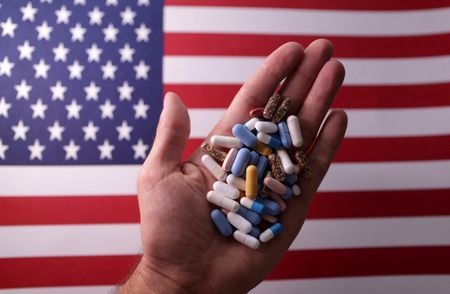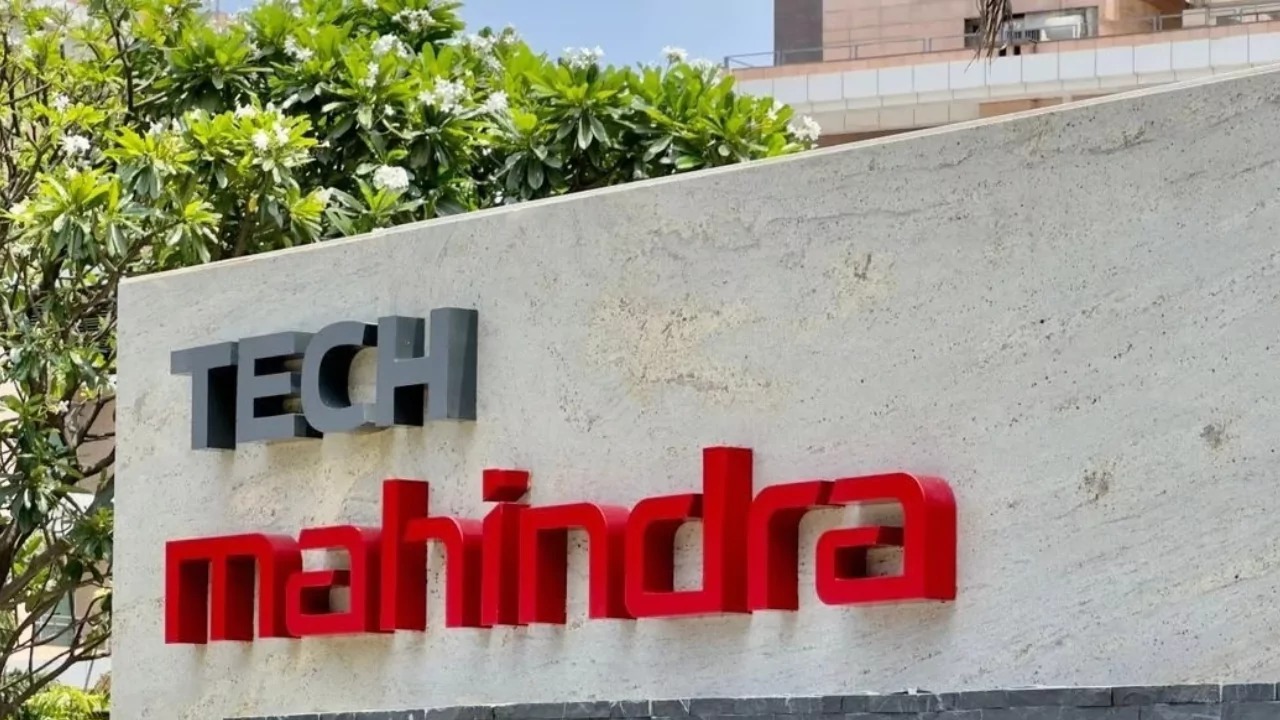
Follow WOWNEWS 24x7 on:
Updated: July 16, 2025 08:30

In a bid to restructure global pharma supply chains, US President Donald Trump has signaled plans to impose tariffs of as much as 200% on imported drugs with implementation to be effected by August 1. The move, announced after an AI summit in Pittsburgh, follows broader trade realignments as well as talks with key partners—led by India.
Key Highlights
- Trump indicated that the US would begin with a low drug tariff, giving companies one year to shift manufacturing in-house before it went to a 200% level
- The proposed tariffs are under Section 232 of the Trade Expansion Act, on the basis of imports of foreign drugs as national security issues
- Foreign manufacturers like pharmaceutical companies Eli Lilly, Merck, and Pfizer could immediately increase their costs, impacting US consumers
- Semiconductors are also being considered for tariffs, with the same timeframes and reasons
- Trump announced retaliatory tariffs will begin on August 1, with different percentages for each country; smaller countries will be subject to a uniform 10% tariff
- India is among the most likely candidates for a pre-deadline trade agreement that will salvage its $9.8 billion of pharma exports to the US
- Trump emphasized that while negotiations are underway with five or six countries, he is willing to act alone if deals are not reached
- The pharmaceutical industry threatens price hikes, shortfalls in supply, and investment disincentives if the tariffs are applied.
Prospects
With trade missives already dispatched and tariff clocks ticking, Trump's confrontational strategy can trigger a seismic shift in pharma economics. India's strategic response can determine whether it dodges the backlash or absorbs the shock.
Sources: The Economic Times, CNBC TV18, Bloomberg, Business Standard, Moneycontrol, The Hindu Business Line, MSN.



